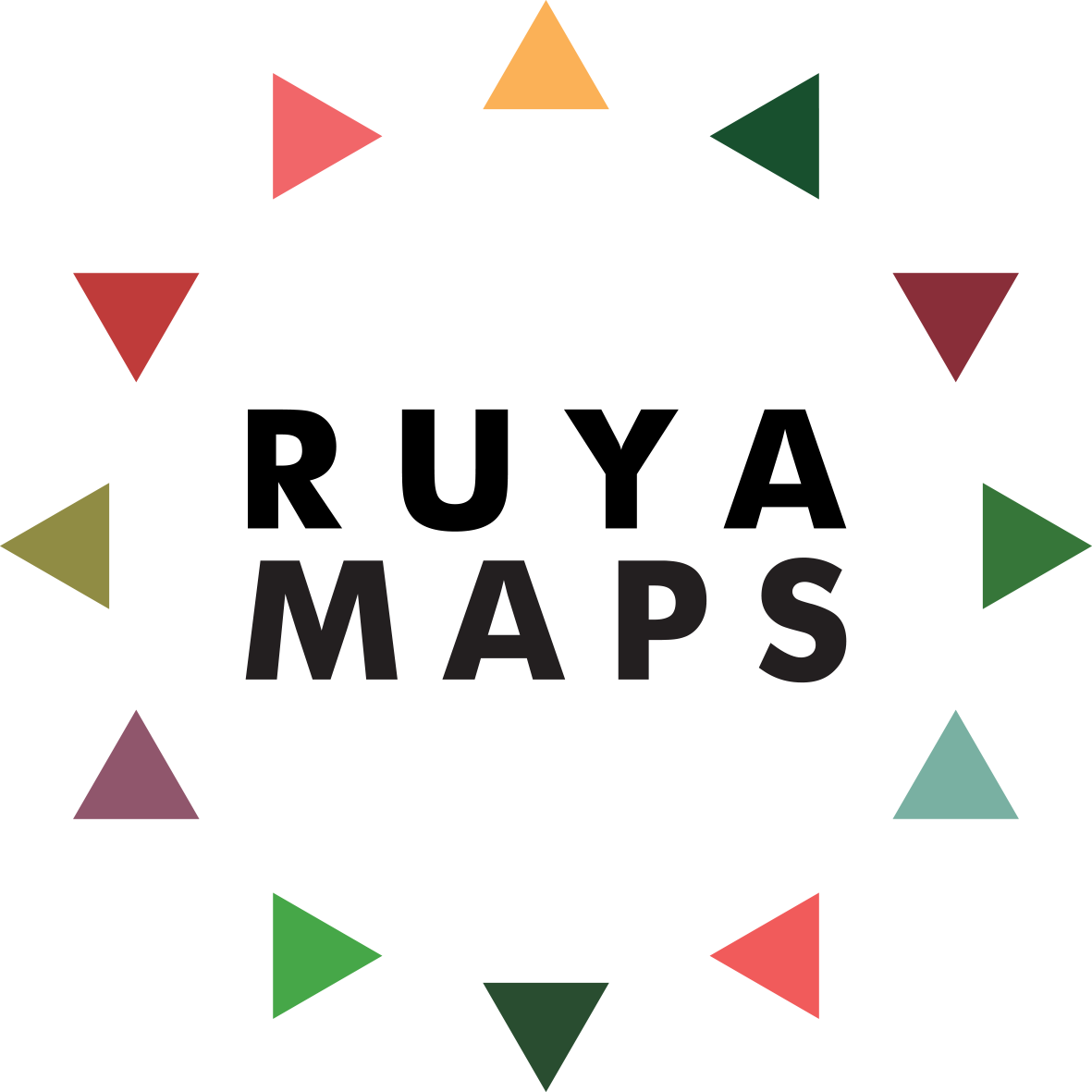Artist Profile: Lana Čmajčanin
Maps are a universal medium for communication. They connect the user to the outside world instantly, via the obscured figure of the map maker. During times of conflict, the unique qualities of maps come to the fore. They reveal themselves as the graphic manifestation of political concepts that they were along. In her large scale work 1: 1 625 000 (2019) the Bosnian artist Lana Čmajčanin exposes the subjectivity of these information tools that are relied on for their supposed objectivity. Čmajčanin instead takes advantage of the malleability of maps for her own agenda - revealing the arbitrariness of the borders they uphold. Inspired by the war rooms used by army generals to plan their campaigns, 1: 1 625 000 presents seventy one maps of different sizes arranged on a table that is lit from below.
Each layer presents a black line drawing of borders that has been digitally printed on clear film. The continuity suggested by the line drawing contrasts the erratically shifting borders that the layered maps reveal. Čmajčanin sets time against space, as each layer of the maps represents a different shift in borders from the first century to the present day. Sites that have borne the most change are evident where the lines are at their thickest - wiry nexuses that more often than not correlate to war.
The maps chart a region ranging from the Balkans, across the Mediterranean towards the middle east. Stripped of their place names, the countries contained within the maps become abstracted shapes rather than sites of occupied territory. In a laborious process, Čmajčanin scaled each of her source maps to the ratio 1: 1 625 000. In applying the same conditions to each source, Čmajčanin collapses the maps’ scale only to amalgamate them into an apparently cohesive representation. Crucially, this appearance of cohesion is disrupted by the artists’ invitation to move the layers of maps. The viewer can manipulate the maps - reordering them, even discarding some - to create their own boundaries. They take on the role of the victor of war; imposing borders through the domination of one party over another. In this exercise, the viewer comprehends that maps are never realistic representations of the actual world, but are instead a politicised image of space.
As well as questioning the neutrality of maps, 1: 1 625 000 is a study in the history of cartography itself. Čmajčanin drew on multiple archives of maps. By default, this range of historic influence incorporates changes in processes of map-making into the work. Čmajčanin furthers the tradition of cartography by inviting her viewers to take part. Every night the maps are re-set in their place; they return to their original world order before being re-arranged again.
Lana Čmajčanin (b. 1983, Sarajevo) lives and works between Sarajevo and Vienna. She has an MA from the Academy of Fine Arts at the University of Sarajevo and is currently a PhD candidate at the Academy of Fine Arts Vienna. Her socially engaged works encompass installation, video, performance and sound installation, frequently referencing the post-war situation in Bosnia and Herzegovina, political frameworks and the role of women. She is a co-founder of the Association of Culture and Art Crvena. Recent solo exhibitions include those at Tulla Culture Center, Tirana (2018) and Duplex/100 m2 Gallery, Sarajevo (2015), with group shows at the Museum of Modern and Contemporary Art, Rijeka (2018), Guangdong Museum of Art, Guangzhou (2017), Museum of Modern Art, Ljubljana (2017) and Pera Museum, Istanbul (2016). She won the Special Award at the 54th October Salon at Cultural Centre of Belgrade in 2013 and the Special Award for Female Body Shape at the Academy of Fine Arts, Sarajevo in 2007.
Lana Čmajčanin, Scrapbook (2019)
“During times of conflict, the unique qualities of maps come to the fore. They reveal themselves as the graphic manifestation of political concepts that they were along.”
Lana Čmajčanin, Scrapbook (2019)⠀
Lana Čmajčanin, Scrapbook (2019)




